I'm trying to reproduce parts of the Higgs discovery in the Higgs --> 4 leptons channel with open data and making use of awkward. I can do it when the leptons are the same (e.g. 4 muons) with zip/unzip, but is there a way to do it in the 2 muon/2 electron channel? I started with the example in the HSF tutorial
https://hsf-training.github.io/hsf-training-scikit-hep-webpage/04-awkward/index.html
So I now have the following. First get the input file
curl http://opendata.cern.ch/record/12361/files/SMHiggsToZZTo4L.root --output SMHiggsToZZTo4L.root
Then I do the following
import numpy as np
import matplotlib.pylab as plt
import uproot
import awkward as ak
# Helper functions
def energy(m, px, py, pz):
E = np.sqrt( (m**2) + (px**2 + py**2 + pz**2))
return E
def invmass(E, px, py, pz):
m2 = (E**2) - (px**2 + py**2 + pz**2)
if m2 < 0:
m = -np.sqrt(-m2)
else:
m = np.sqrt(m2)
return m
def convert(pt, eta, phi):
px = pt * np.cos(phi)
py = pt * np.sin(phi)
pz = pt * np.sinh(eta)
return px, py, pz
####
# Read in the file
infile_name = 'SMHiggsToZZTo4L.root'
infile = uproot.open(infile_name)
# Convert to Cartesian
muon_pt = infile_signal['Events/Muon_pt'].array()
muon_eta = infile_signal['Events/Muon_eta'].array()
muon_phi = infile_signal['Events/Muon_phi'].array()
muon_q = infile_signal['Events/Muon_charge'].array()
muon_mass = infile_signal['Events/Muon_mass'].array()
muon_px,muon_py,muon_pz = convert(muon_pt, muon_eta, muon_phi)
muon_energy = energy(muon_mass, muon_px, muon_py, muon_pz)
# Do the magic
nevents = len(infile['Events/Muon_pt'].array())
# nevents = 1000 # For testing
max_entries = nevents
muons = ak.zip({
"px": muon_px[0:max_entries],
"py": muon_py[0:max_entries],
"pz": muon_pz[0:max_entries],
"e": muon_energy[0:max_entries],
"q": muon_q[0:max_entries],
})
quads = ak.combinations(muons, 4)
mu1, mu2, mu3, mu4 = ak.unzip(quads)
mass_try = (mu1.e + mu2.e + mu3.e + mu4.e)**2 - ((mu1.px + mu2.px + mu3.px + mu4.px)**2 + (mu1.py + mu2.py + mu3.py + mu4.py)**2 + (mu1.pz + mu2.pz + mu3.pz + mu4.pz)**2)
mass_try = np.sqrt(mass_try)
qtot = mu1.q + mu2.q + mu3.q + mu4.q
plt.hist(ak.flatten(mass_try[qtot==0]), bins=100,range=(0,300));
And the histogram looks good!
So how would I do this for 2-electron + 2-muon combinations? I would guess there's a way to make lepton_xxx arrays? But I'm not sure how to do this elegantly (quickly) such that I could also create a flag to keep track of what the lepton combinations are?
Thanks!
Matt


